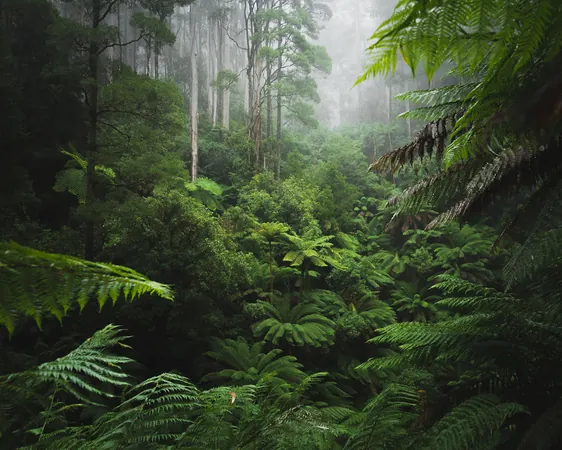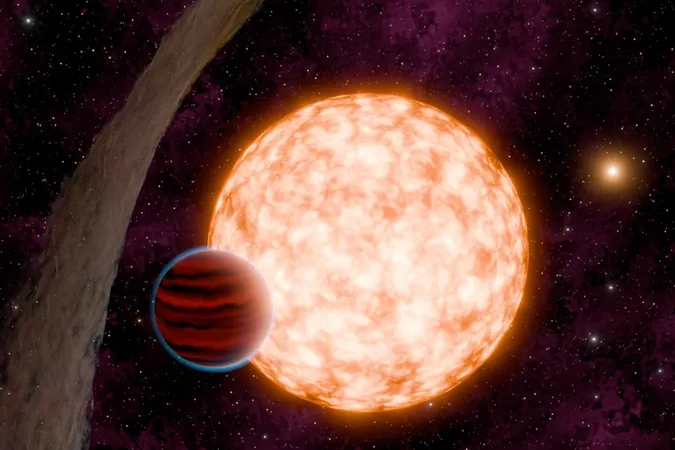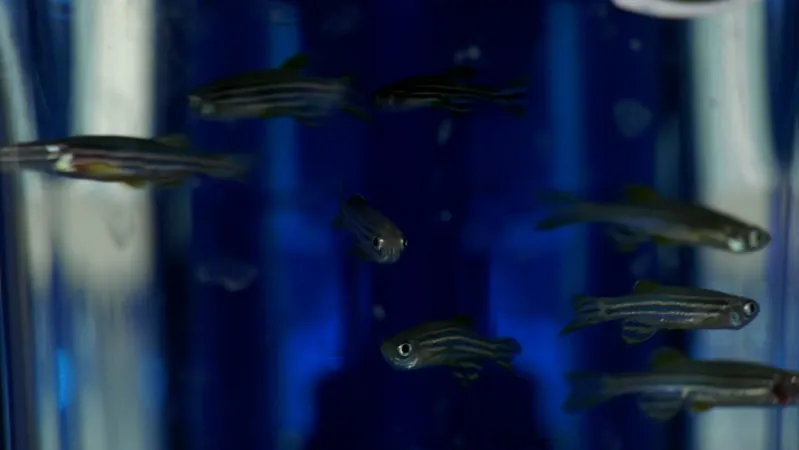
Unveiled! Antarctica Was Once a Tropical Paradise – Shocking Discovery Reveals Ancient Jungle
2024-11-17
Author: Emily
A Tropical Past for Antarctica
Imagine Antarctica not as the frozen wasteland we know today, but as a vibrant rainforest, brimming with towering trees and exotic plant life. This striking image, which sounds like something out of an imaginative science fiction narrative, is now backed by astonishing scientific evidence suggesting that this polar continent was once cloaked in lush greenery.
The Amber Discovery
In 2017, an international team of scientists embarked on a groundbreaking expedition to Antarctica, where they stumbled upon the first pieces of amber ever discovered on the continent. This amber, dating back approximately 90 million years, provides an exhilarating glimpse into a prehistoric world as lively and diverse as any tropical ecosystem we see today.
Secrets of Ancient Trees
These tiny amber flecks, measuring just a millimeter in size, hold the remarkable secrets of the past. Experts believe the amber originated from coniferous trees that flourished in Antarctica's warm climate during the mid-Cretaceous period. A new study recently published in the journal Antarctic Science delves into how these trees managed to endure months of complete darkness, a phenomenon that occurs in polar regions in winter, suggesting they were incredibly resilient and adaptable.
Fossils and Forests
These findings were not isolated. Fossilized roots, spores, and pollen discovered in the region indicate that Antarctica was once home to an extensive forested landscape. The identification of amber fragments marks a historic milestone, serving as the first concrete evidence of resin-producing trees thriving in this frozen land millions of years ago.
Implications for Climate Change
But this discovery goes beyond mere archaeology; it holds vital implications for our understanding of climate and ecological adaptation. The mid-Cretaceous period was characterized by a greenhouse climate, presenting a potential prototype for our planet’s future as it warms due to climate change. As scientists investigate the properties of these amber samples, they aim to unravel the mysteries of how ancient life forms adapted to extreme environmental conditions.
Conclusion
With such revelations, one cannot help but wonder: What other secrets lie beneath the ice of Antarctica? As our planet undergoes rapid change, understanding its ancient past could be key to preparing for our future. So, while Antarctica may look desolate today, its history might just be the guide we need to navigate the turbulent waters of climate change.









 Brasil (PT)
Brasil (PT)
 Canada (EN)
Canada (EN)
 Chile (ES)
Chile (ES)
 España (ES)
España (ES)
 France (FR)
France (FR)
 Hong Kong (EN)
Hong Kong (EN)
 Italia (IT)
Italia (IT)
 日本 (JA)
日本 (JA)
 Magyarország (HU)
Magyarország (HU)
 Norge (NO)
Norge (NO)
 Polska (PL)
Polska (PL)
 Schweiz (DE)
Schweiz (DE)
 Singapore (EN)
Singapore (EN)
 Sverige (SV)
Sverige (SV)
 Suomi (FI)
Suomi (FI)
 Türkiye (TR)
Türkiye (TR)